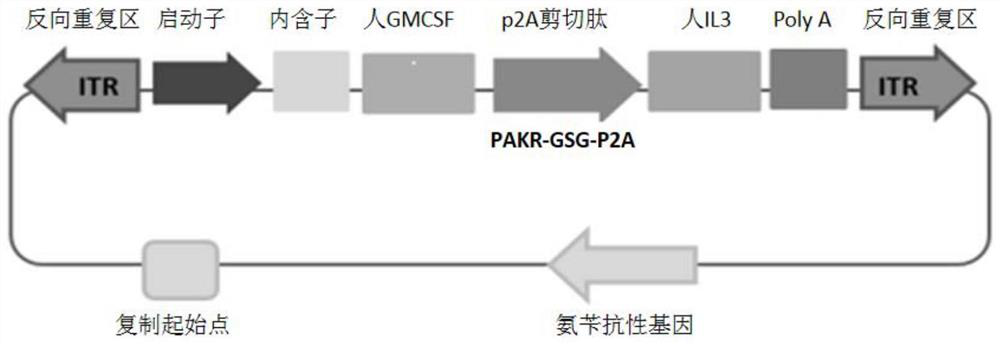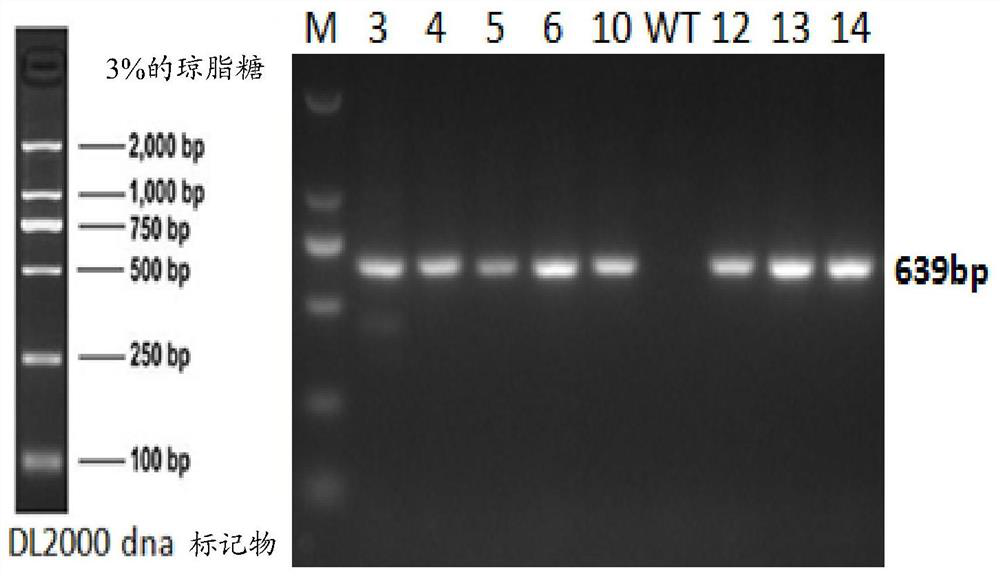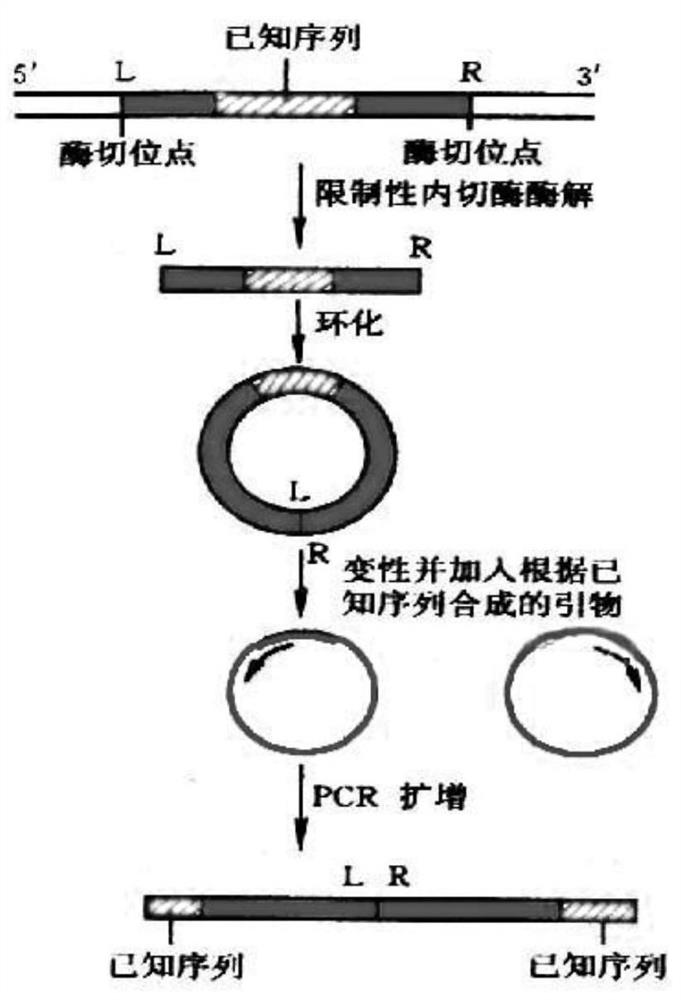Method for carrying out gene modification on non-human animal and constructing immunodeficiency animal model
A non-human animal, genetic modification technology, applied in the field of genetic engineering, can solve the problems of undetectable humanized genes, affect health and development, shorten the life span of mice, etc., achieve a long test window period, good health, avoid Effects on development and physiological function
- Summary
- Abstract
- Description
- Claims
- Application Information
AI Technical Summary
Problems solved by technology
Method used
Image
Examples
Embodiment 1
[0147] Example 1 Expression of exogenous genes: human IL3 and human GM-CSF in NOD scid IL2RγKO mice
[0148] 1. Construction of PiggyBac recombinant plasmid (Piggy hCD68-GMCSF / IL3)
[0149] This application utilizes Piggy transposase-dependent transgenic system to overexpress human GM-CSF and human IL3 in mice. Because PiggyBac transposase tends to insert the target fragment into the active transcription region, it will greatly increase the chance of obtaining positively expressed transgenic mice.
[0150] In order to overexpress the gene only in myeloid cells such as monocytes in mice, the vector uses a 3.1kb human CD68 promoter. In order to express different target genes at the same time, the vector uses a double self-cleaving short peptide RAKR-GSG-P2A to connect human IL3 and human GM-CSF genes.
[0151] Piggy transposase-dependent echogenic repeats (ITRs) were designed on both sides of the expression element hCD68Pro-Intron-hGM-CSF-PAKR-GSG-P2A-hIL3-pA. The expression el...
Embodiment 2
[0179] Carry out whole-body gamma irradiation to NVG mice (control group), NVG-hCD68-10-12 mice (experimental group 1) and NVG-SV40-14-X mice (experimental group 2) obtained in embodiment 1 respectively ( 175cGy) to reduce the activity of the mouse-derived immune system. After 24 hours of irradiation, 100,000 individual CD34 stem cells were injected. After 12 weeks, the phenotypes of the human immune system were detected in the mice of the control group and the experimental group. The results were as follows: Image 6 As shown in (A) to (D), after injection of human CD34 stem cells, human lymphocytes, human CD3 T cells, and human CD33 myeloid-derived cells in the experimental group NVG-hCD68-10-12 mice and NVG-SV40-14- The frequency in the blood of X mice was significantly higher than that in the blood of control NVG mice.
[0180] like Figure 7 As shown, the survival rate of NVG-SV40-14-X mice dropped sharply 120 days after injection of CD34 stem cells, and the survival rat...
PUM
 Login to View More
Login to View More Abstract
Description
Claims
Application Information
 Login to View More
Login to View More - R&D
- Intellectual Property
- Life Sciences
- Materials
- Tech Scout
- Unparalleled Data Quality
- Higher Quality Content
- 60% Fewer Hallucinations
Browse by: Latest US Patents, China's latest patents, Technical Efficacy Thesaurus, Application Domain, Technology Topic, Popular Technical Reports.
© 2025 PatSnap. All rights reserved.Legal|Privacy policy|Modern Slavery Act Transparency Statement|Sitemap|About US| Contact US: help@patsnap.com



